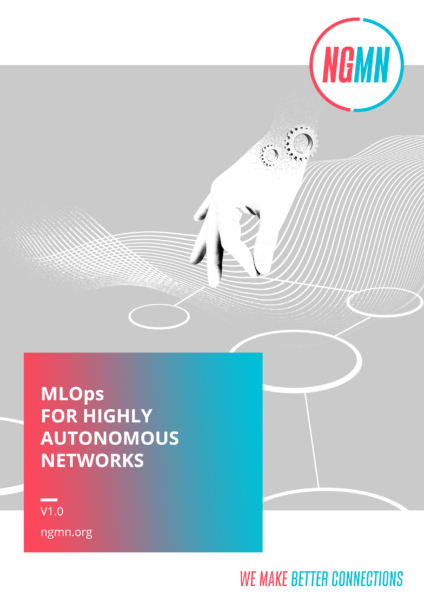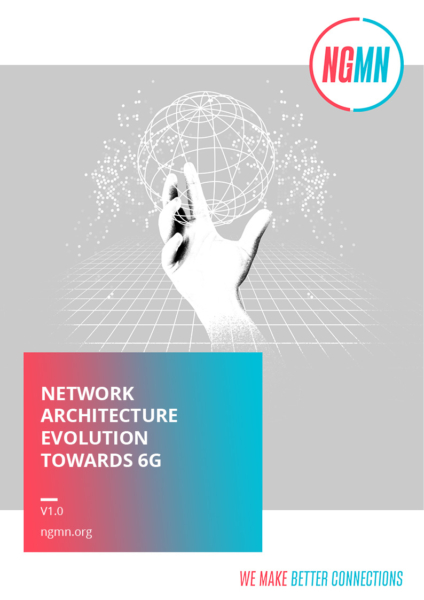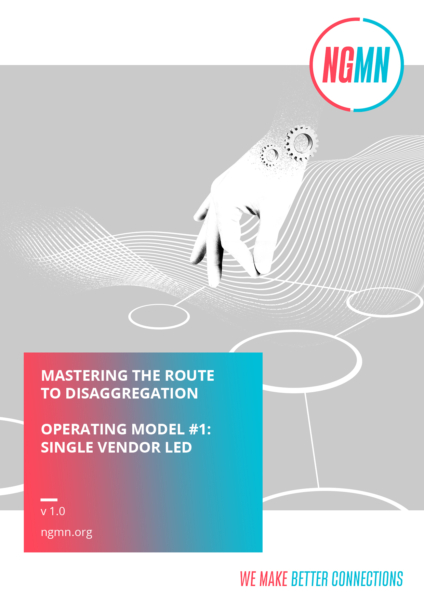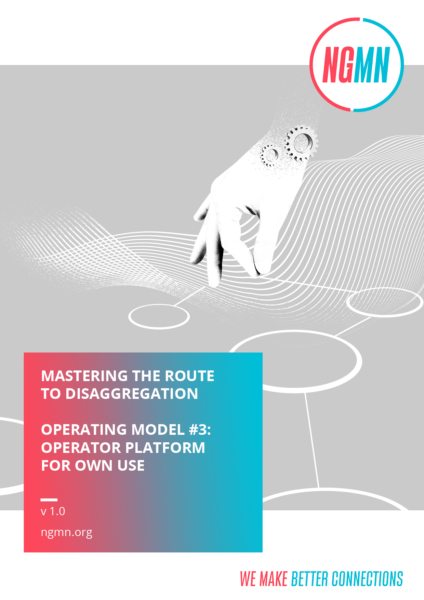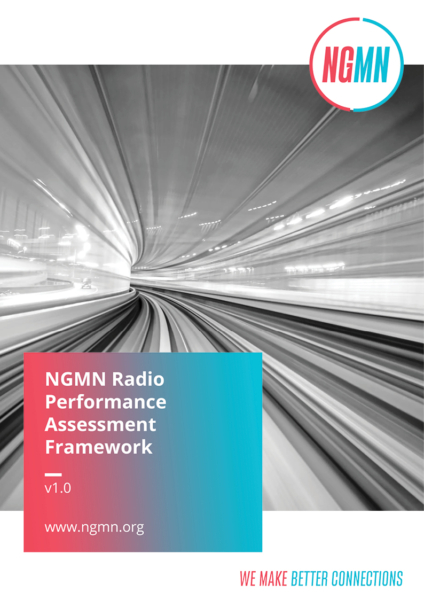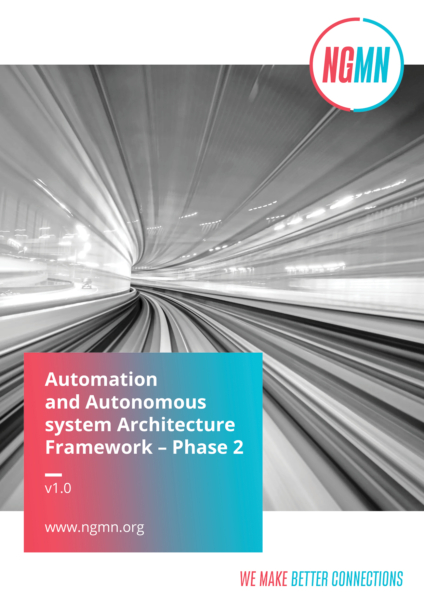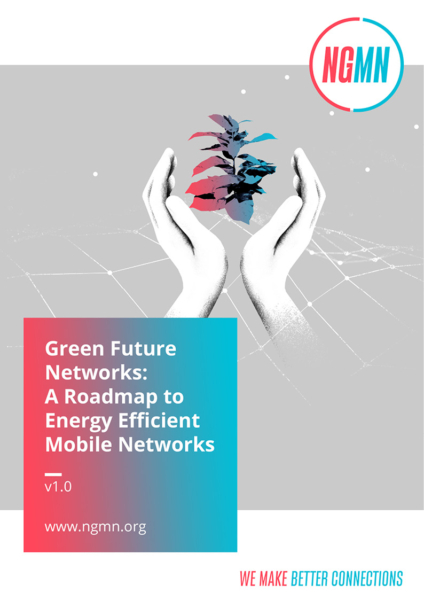Category: Publications
Operating Model #4 – Operator Led Platform Commercially Offered to Others
//in 2024, ODiN, Publications //by Juliya NaumovaAutomation and Autonomous system Architecture Framework – Phase 2
//in 2024, Network Automation and Autonomy Based on AI, ODiN, Publications //by Juliya NaumovaGreen Future Networks: A Roadmap to Energy Efficient Mobile Networks
//in 2024, GFN, Publications //by Juliya NaumovaThis latest NGMN publication outlines 16 different energy saving techniques and intelligent solutions that are currently used or under development in the industry. Supported by real-world data, the publication highlights the energy saving potential of each solution and classifies each by type and by the time needed to develop and deploy them.
According to the publication, energy consumption can be reduced through process optimisations, engineering and operational improvements, and the deployment of recent technologies. This is the latest phase of NGMN’s Green Future Networks programme, building on the previous publications that addressed the short-term solutions that mobile network operators (MNOs) could deploy.
CONTACT
NGMN Alliance e.V.
Signature by Regus
Breite Straße 3
40213 Düsseldorf, Germany
Phone +49 211 540 596 005
office@ngmn.org
